PROMO!
First order? Get 10% OFF with this code: 1storder
Our Product Categories


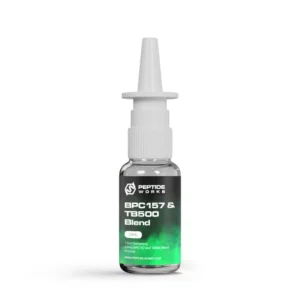
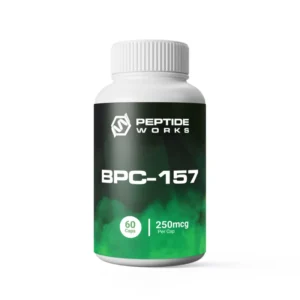
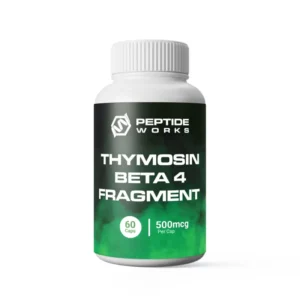
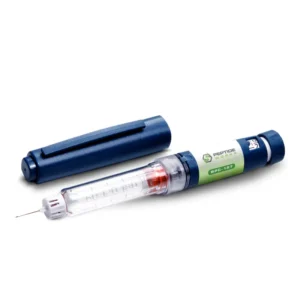
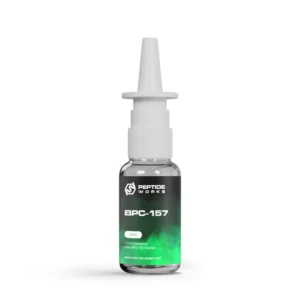
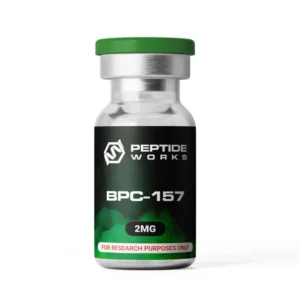
BPC-157, short for Body Protection Compound-157, is a synthetic peptide made up of 15 amino acids. It is derived from a protein found naturally in human gastric juice. In research contexts, it is valued for its potential therapeutic properties, particularly in tissue regeneration and repair.
Ongoing investigations are exploring its applications in various areas, including musculoskeletal recovery, wound healing, and maintaining gastrointestinal tract integrity. Due to its stability and potential systemic effects, BPC-157 continues to be a prominent focus of preclinical and clinical studies, highlighting its significance in regenerative medicine and related disciplines.
Peptide Sequence (IUPAC Condensed): H-Gly-Glu-Pro-Pro-Pro-Gly-Lys-Pro-Ala-Asp-Asp-Ala-Gly-Leu-Val-OH.
Molecular Formula: C62H98N16O22
Molecular Weight: 1419.5 g/mol
Synonyms: Body Protection Compound 157
View the BPC-157 COA
View the BPC-157 HPLC
Buy BPC-157 Peptide Vial from Peptide Works. This lyophilized powder exceeds 99% purity and is available in 2mg, 5mg, and 10mg vials, or as complete kits supplied with bacteriostatic water and syringes for accurate reconstitution.
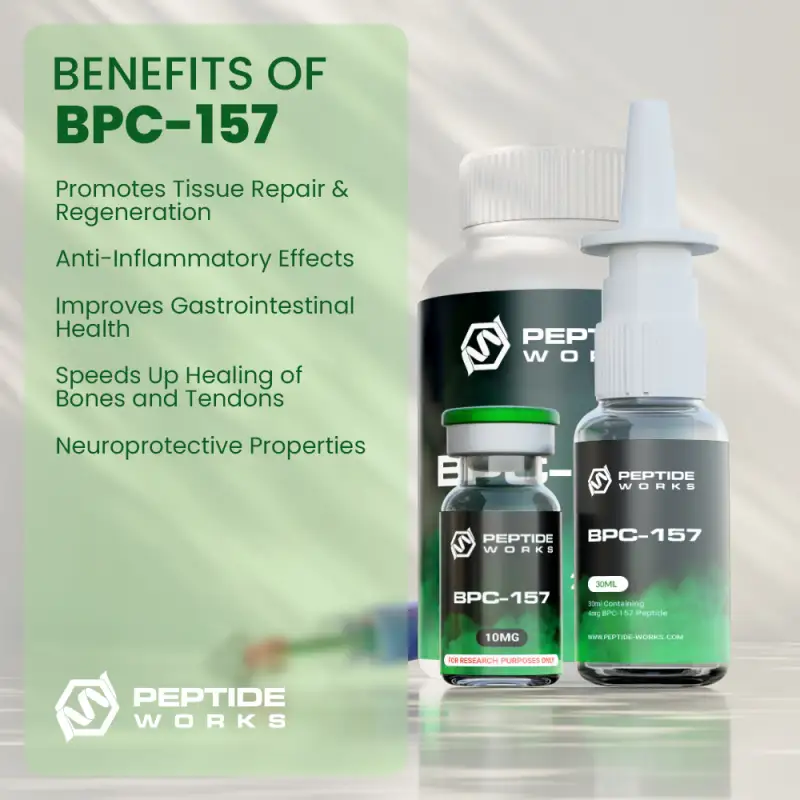
BPC-157 works through complex mechanisms, making it a key modulator of healing and homeostasis. Its main action is to upregulate growth factors and activate key pathways for tissue repair.
BPC-157 plays a key role in promoting angiogenesis by stimulating new blood vessel growth. It increases the expression of VEGF and its receptor VEGFR2, delivering nutrients and oxygen to injured tissues to speed up healing. The peptide helps endothelial cells form capillary-like structures, essential for angiogenesis. It also interacts with the F-actin cytoskeleton in fibroblasts, improving cell spreading and migration needed for wound closure.
BPC-157 regulates nitric oxide (NO) synthesis, affecting vascular tone and blood flow while protecting endothelial integrity. This helps counter toxins or pathological conditions and supports its protective effects across organ systems.
The peptide significantly impacts growth hormone (GH) receptors. Studies show BPC-157 may boost GH receptor expression in tendons, aiding the healing of musculoskeletal injuries. This interaction enhances the signals needed to repair ligaments, tendons, and muscles.
BPC-157 has also been shown to interact with Substance P and dopamine pathways, which helps reduce inflammation and oxidative stress. It stabilizes cell junctions and protects against damage to blood vessel linings, supporting tissue repair and recovery from injuries.
Tissue Healing and Regeneration: Research shows that BPC-157 has strong potential for tissue healing and regeneration. It has been found to speed up the repair of tendons, ligaments, and muscles, leading to faster recovery from injuries [1]. Studies also suggest it improves wound and skin healing. BPC-157 works by stimulating angiogenesis (the formation of new blood vessels), which improves blood flow and helps repair damaged tissues [2].
Anti-Inflammatory Properties and Joint Support: BPC-157 demonstrates promising anti-inflammatory and joint-supportive effects. Experimental studies suggest it reduces inflammation in injured tissues, promoting faster recovery. In animal studies, it has been shown to reduce symptoms similar to arthritis, suggesting its potential to protect joints and improve mobility. Additionally, it may aid in the healing of overuse injuries by regulating inflammation and strengthening tissues. These findings highlight BPC-157 as a promising treatment for various muscle and bone conditions [3].
Nerve and Brain Support: BPC-157 may support nerve and brain health. Preclinical studies suggest it can protect nerve cells (neuroprotective effects). It might also help nerves regenerate after injury, which could improve recovery. In animal studies, it has shown benefits for traumatic brain injury (TBI), helping to reduce damage and aid the healing process. These findings highlight its promise as a therapeutic candidate in neurological repair and protection [4].
Gut Protection: BPC-157 was originally discovered for its strong gut-protective effects. Animal studies demonstrate that it promotes the healing of stomach ulcers and intestinal damage by accelerating mucosal repair and reducing inflammation. Research shows that it may help protect the gastrointestinal lining from damage caused by nonsteroidal anti-inflammatory drugs (NSAIDs), helping to maintain gut health and function. This suggests it could have potential as a treatment for gastrointestinal issues and mucosal protection [5].
Cardioprotective Effects: Research indicates that this treatment can significantly reduce the size of a myocardial infarction, enhance healing following an injury, and promote the growth of new blood vessels to improve blood flow. Animal studies also suggest that it may help protect against arrhythmias and decrease heart damage resulting from vascular blockage or ischemia. Although these findings are promising, human clinical trials are still necessary to determine its effectiveness in treating cardiovascular injuries [6].
Buy BPC-157 Pre-Mixed Peptide Pen from Peptide Works. Available as individual 5mg cartridges or a complete kit that includes a reusable pen, needle tips, and a protective carry case offering convenient and precise administration.
[1] D Gwyer, N M Wragg, and S L Wilson (2019). Gastric pentadecapeptide body protection compound BPC 157 and its role in accelerating musculoskeletal soft tissue healing – Cell and Tissue Research, 2019 Aug, Volume 377 (Issue 2), Pages 153-159.
[2] S Seiwerth, R Rucman, B Turkovic, M Sever, et al (2018). BPC 157 and Standard Angiogenic Growth Factors. Gastrointestinal Tract Healing, Lessons from Tendon, Ligament, Muscle and Bone Healing – Current Pharmaceutical Design, 2018, Volume 24 (Issue 18), Pages 1972-1989.
[3] S Seiwerth, M Milavic, J Vukojevic, S Gojkovic, et al (2021). Stable Gastric Pentadecapeptide BPC 157 and Wound Healing – Frontiers in Pharmacology, 2021 Jun 29, Volume 12, Page 627533.
[4] J Vukojevic, M Milavić, D Perović, S Ilić, et al (2022). Pentadecapeptide BPC 157 and the central nervous system – Neural Regeneration Research, 2022 Mar, Volume 17 (Issue 3), Pages 482-487.
[5] P Sikiric, S Seiwerth, R Rucman, B Turkovic, et al (2011). Stable gastric pentadecapeptide BPC 157: novel therapy in gastrointestinal tract – Current Pharmaceutical Design, 2011, Volume 17 (Issue 16), Pages 1612-32.
[6] M J Hsieh, H T Liu, C N Wang, H Y Huang, et al (2017). Therapeutic potential of pro-angiogenic BPC157 is associated with VEGFR2 activation and up-regulation – Journal of Molecular Medicine (Berlin, Germany), 2017 Mar, Volume 95 (Issue 3), Pages 323-333.
The answers to the most frequently asked questions about BPC-157.
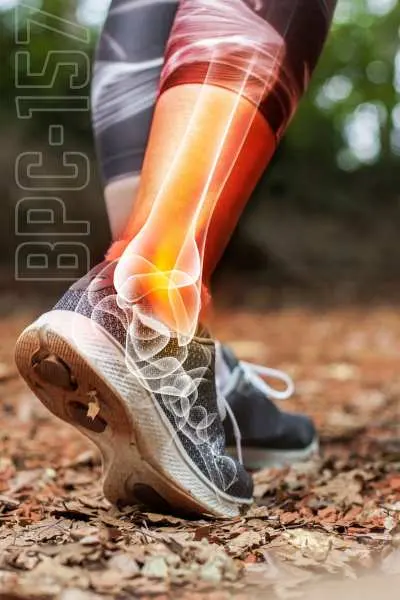
BPC-157 is a peptide compound intended for research use only and is not approved by the FDA for human consumption or medical use. It is commonly sold to scientists and laboratories for study purposes. The FDA has not evaluated its safety, quality, or effectiveness for any health-related use.
Yes. The World Anti-Doping Agency (WADA) and USADA classify BPC-157 as a prohibited substance under the “S0: Non-Approved Substances” category. Although it’s available online for research purposes, athletes should avoid its use, as testing positive could result in suspension or disqualification.
Reported side effects of BPC-157 include nausea, headaches, dizziness, and mood changes. Because product purity and dosing can vary widely, there’s a risk of contamination or incorrect administration. Human safety data is limited, and long-term effects remain unknown. BPC-157 should be used only for research purposes, not for personal or therapeutic use.
Some research observations and anecdotal reports suggest potential effects, such as reduced inflammation and improved recovery, may appear within 1–2 weeks, depending on dosage and method of study. However, scientific evidence in humans is limited, and BPC-157 remains a research-only compound, not an approved or clinically verified treatment.
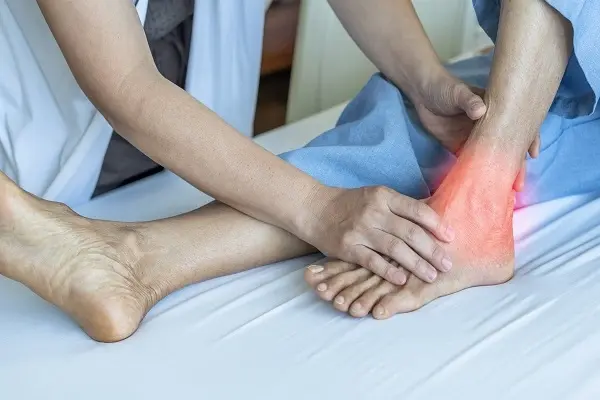
This blog explores the potential of BPC-157 peptide therapy for tendon injuries. Highlighting preclinical research, it examines how BPC-157 supports tissue regeneration, collagen synthesis, and healing timelines. While promising in animal studies, the blog emphasizes the need for further research and regulatory approval before human applications, offering insights into future peptide-based therapies.
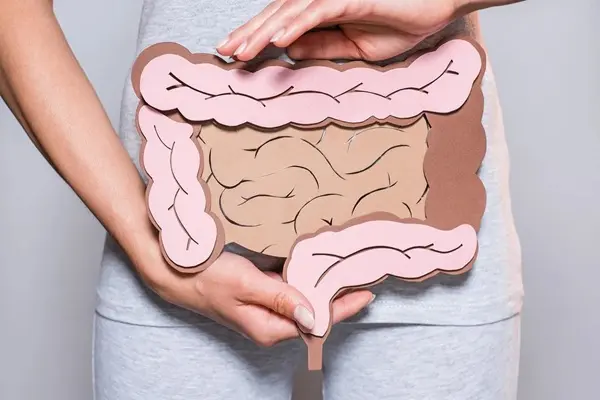
This blog explores the benefits and research behind gut health peptides, focusing on BPC-157 and KPV. These peptides support gut lining integrity, reduce inflammation, and enhance immune function. Highlighting their unique mechanisms, the blog explores their roles in maintaining gut microbiome balance, peptide transport pathways, and future advancements in digestive health research.

This blog covers the most effective tissue repair peptides: BPC-157, TB-500, and Hexarelin. It explains how they help speed up healing, reduce inflammation, and boost collagen production. The blog also looks at how these peptides aid in the recovery of muscles, tendons, ligaments, and skin, focusing on their science-backed uses and their potential to improve tissue regeneration.
ALL CONTENT AND PRODUCT INFORMATION AVAILABLE ON THIS WEBSITE IS FOR EDUCATIONAL PURPOSES ONLY.
DISCLAIMER: These products are intended solely as a research chemical only. This classification allows for their use only for research development and laboratory studies. The information available on our Peptide Works website: https://peptide-works.com/ is provided for educational purposes only. These products are not for human or animal use or consumption in any manner. Handling of these products should be limited to suitably qualified professionals. They are not to be classified as a drug, food, cosmetic, or medicinal product and must not be mislabelled or used as such.